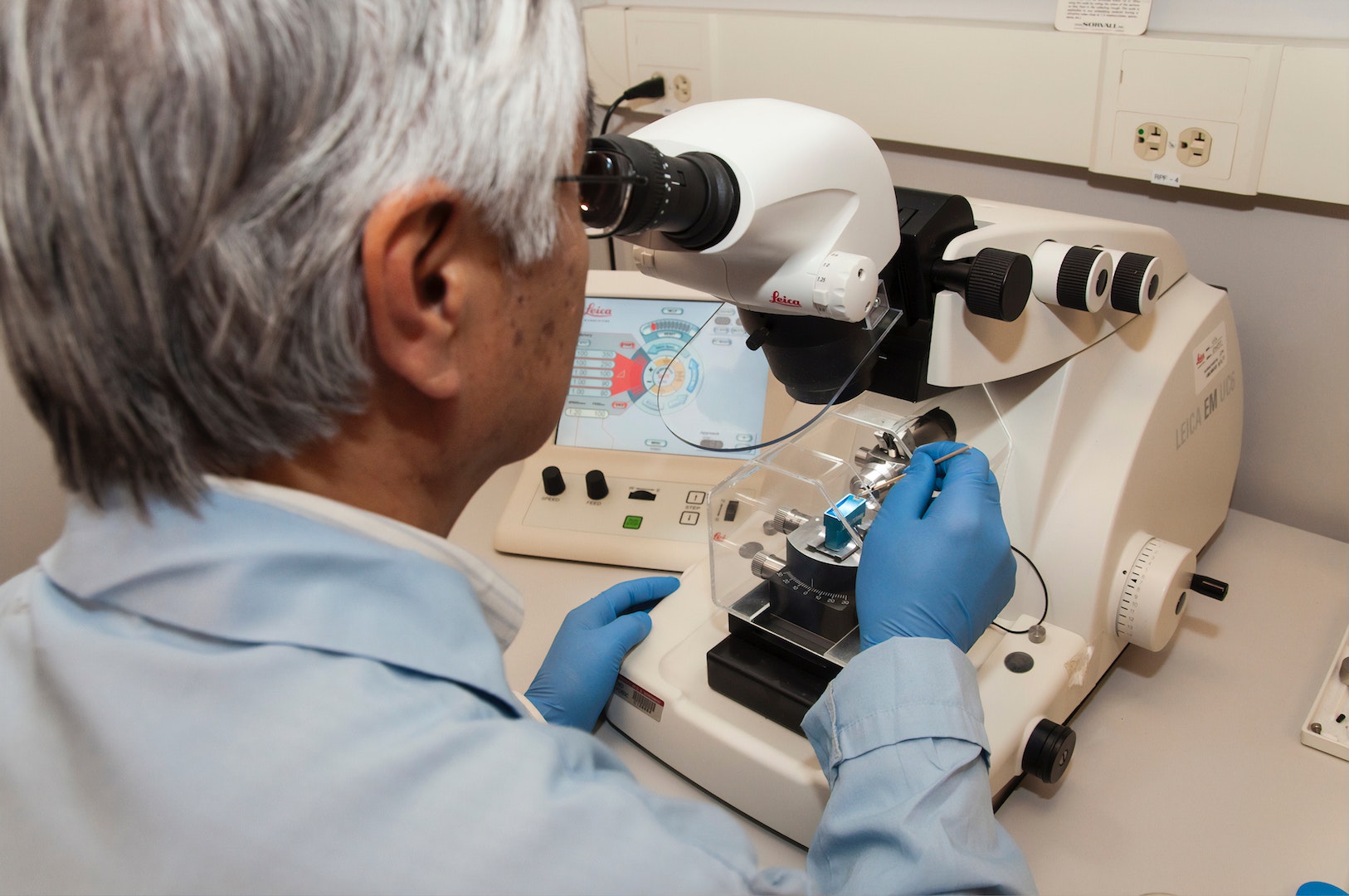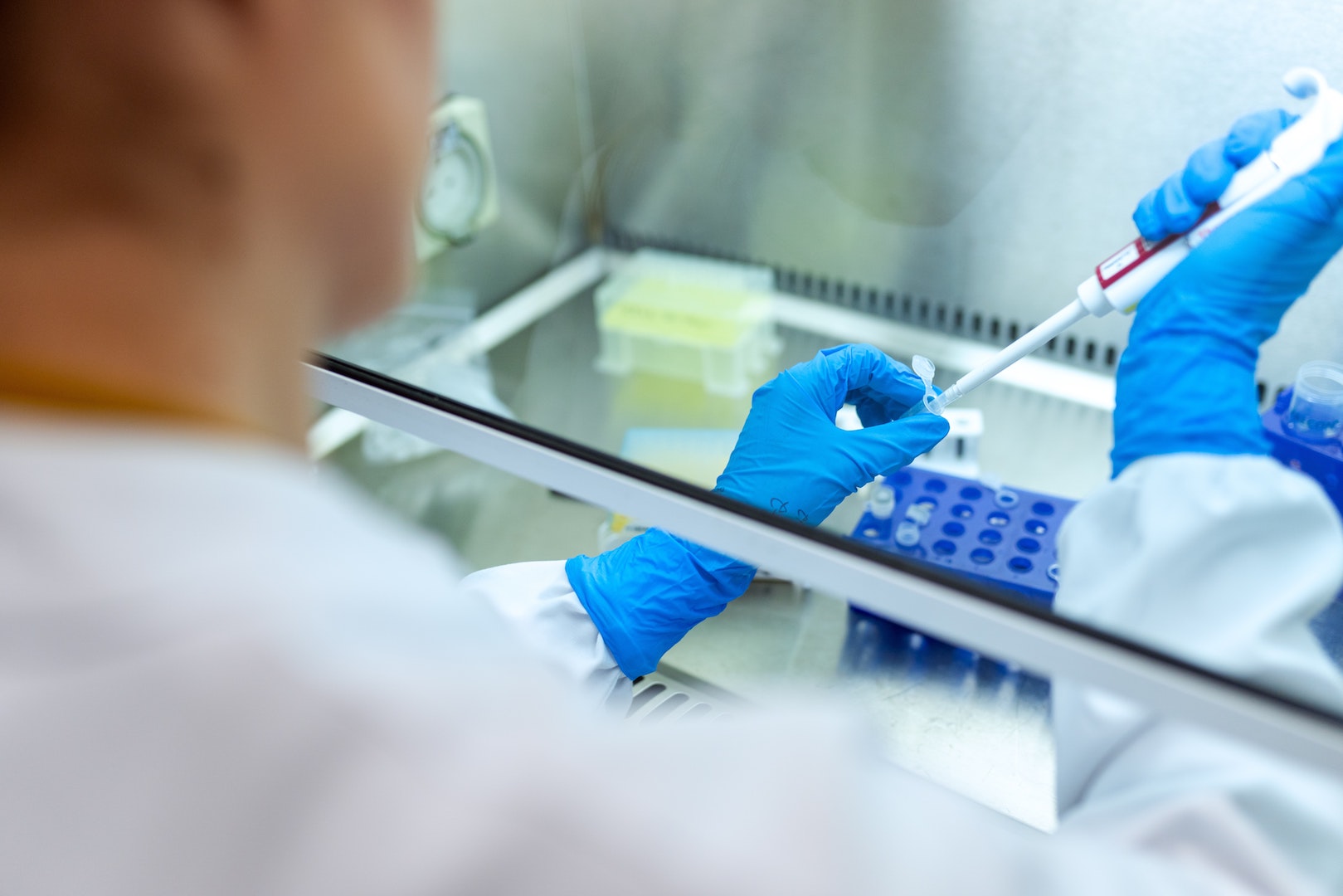Covid-19 is the most serious public health crisis facing the world today. There are now more than 230 million cases and 4.7 million deaths worldwide. With no signs of abating, there are new Coronavirus epicentres still emerging in hot spots around the world.
In spite of the recent vaccine rollouts, there is vaccine hesitancy and a mutating virus presents further challenges. Repurposed drugs like Hydroxychloroquine and Remdesivir have been met with limited success. Convalescent plasma therapy has inconclusive evidence to support wide adoption.
Polling data shows that at least 30% of the worlds population either will not or cannot take the vaccines. We cannot pretend that at least 3 billion people simply do not exist. Covimro is designed to bridge that gap. These are our customers.










